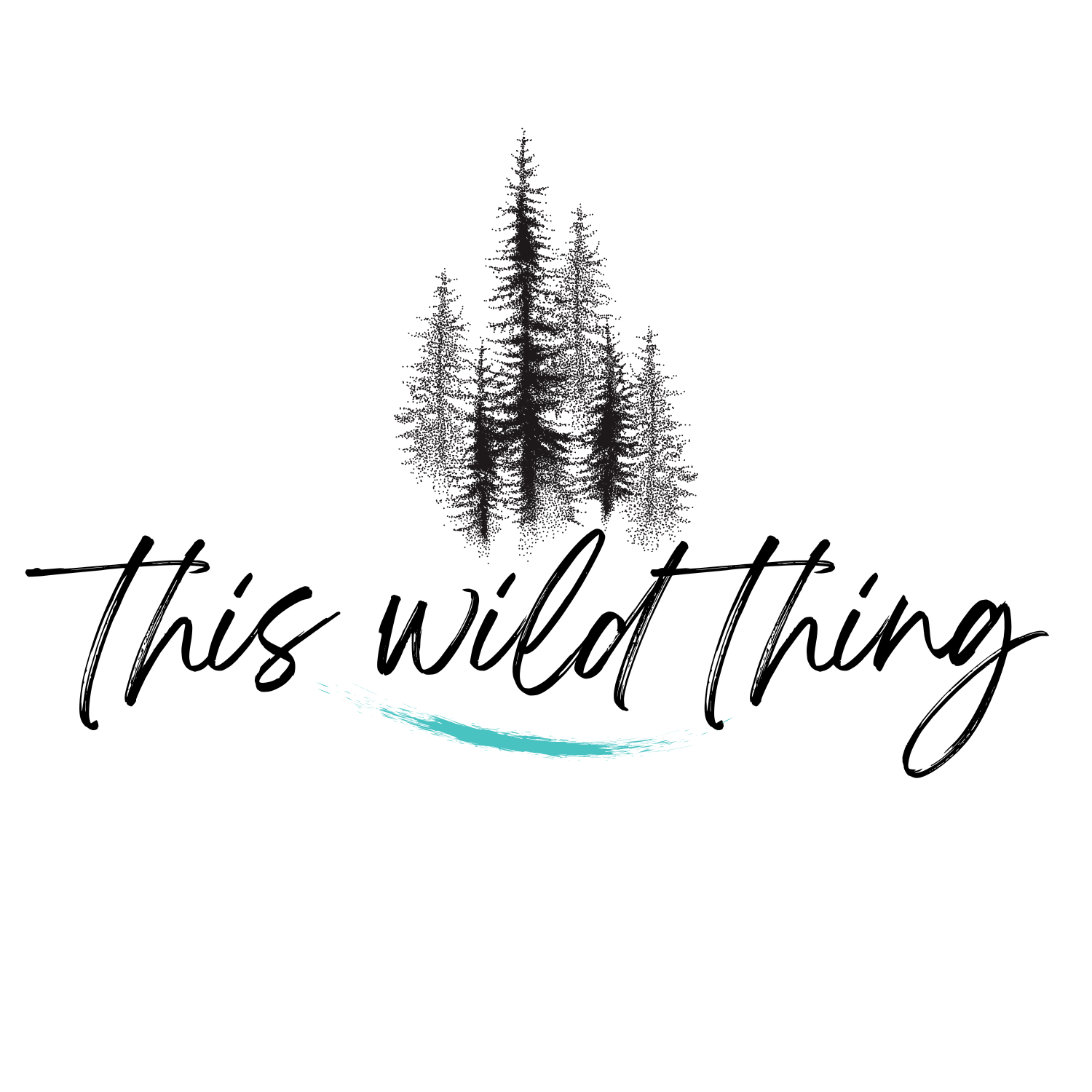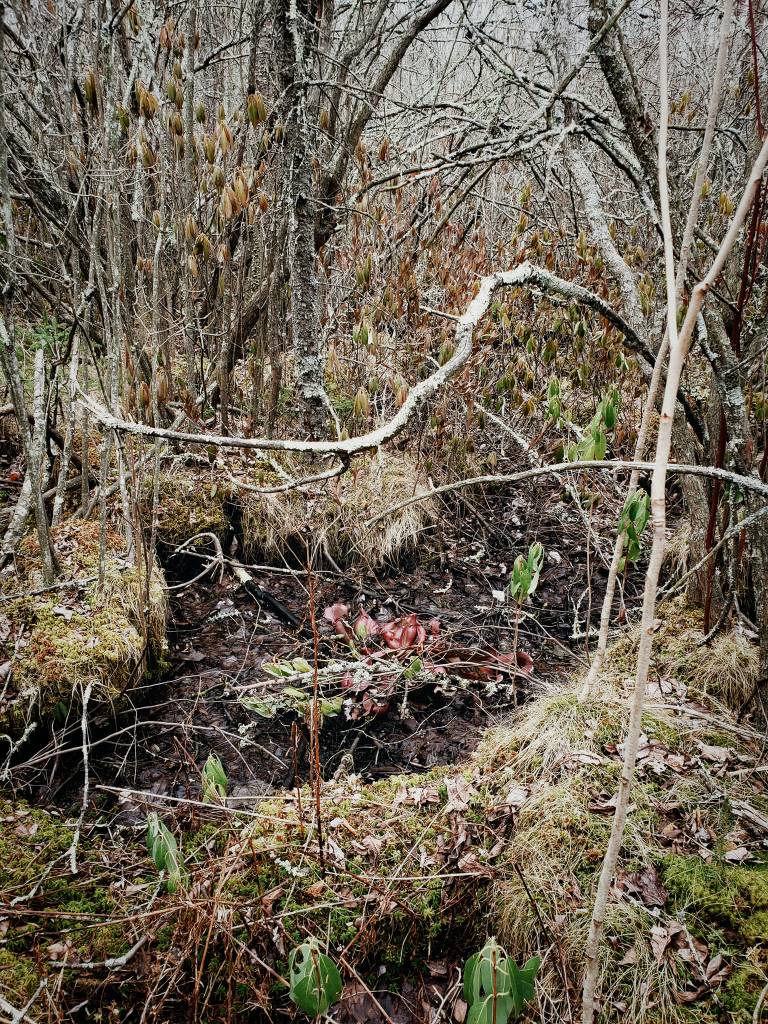
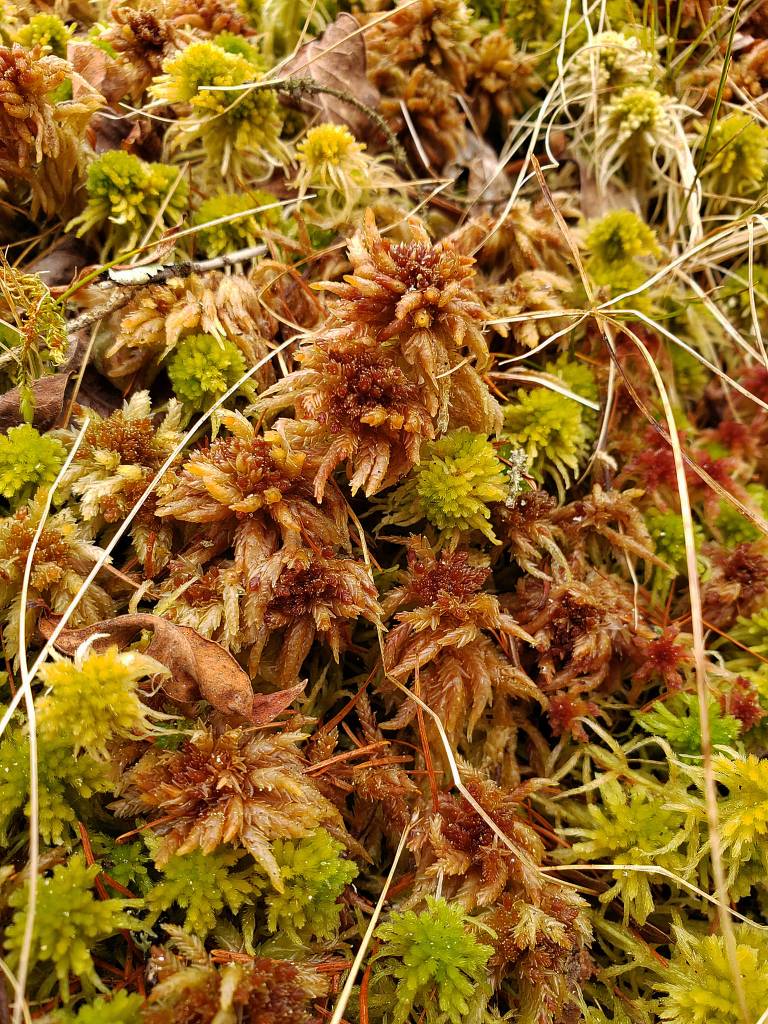
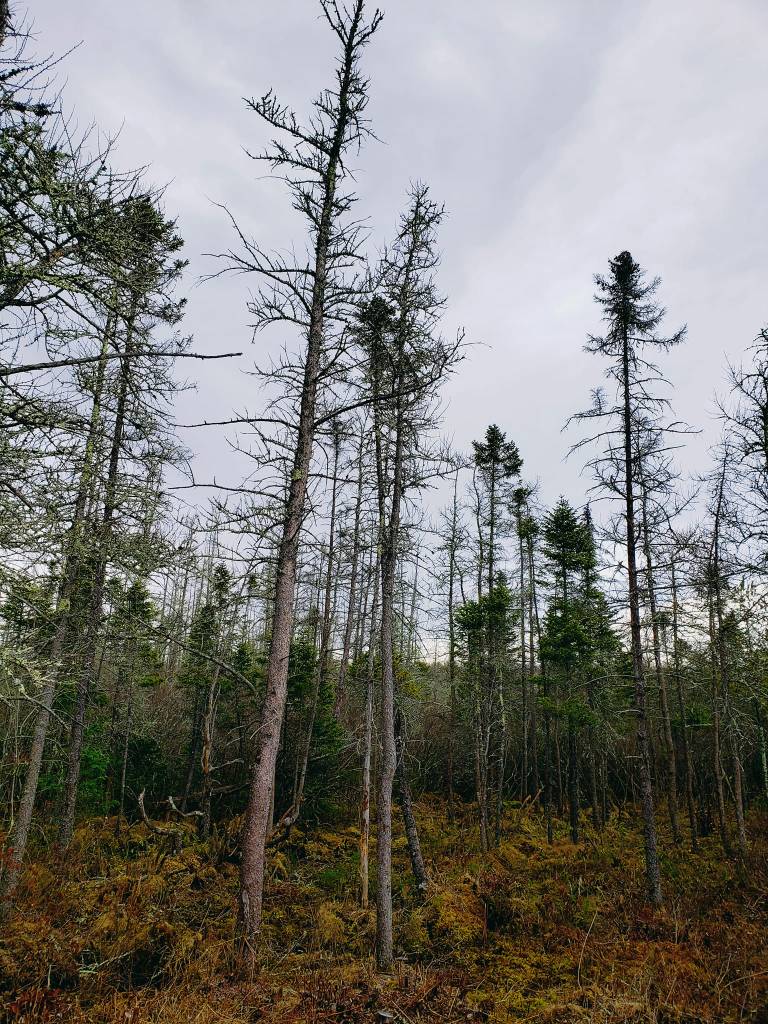


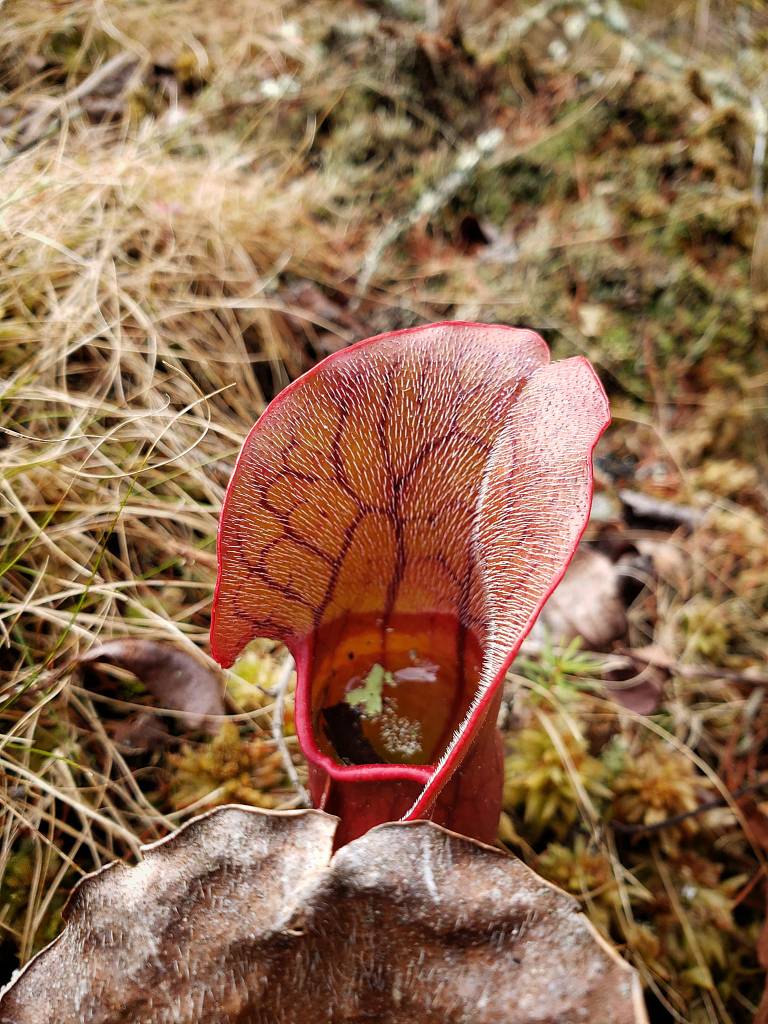

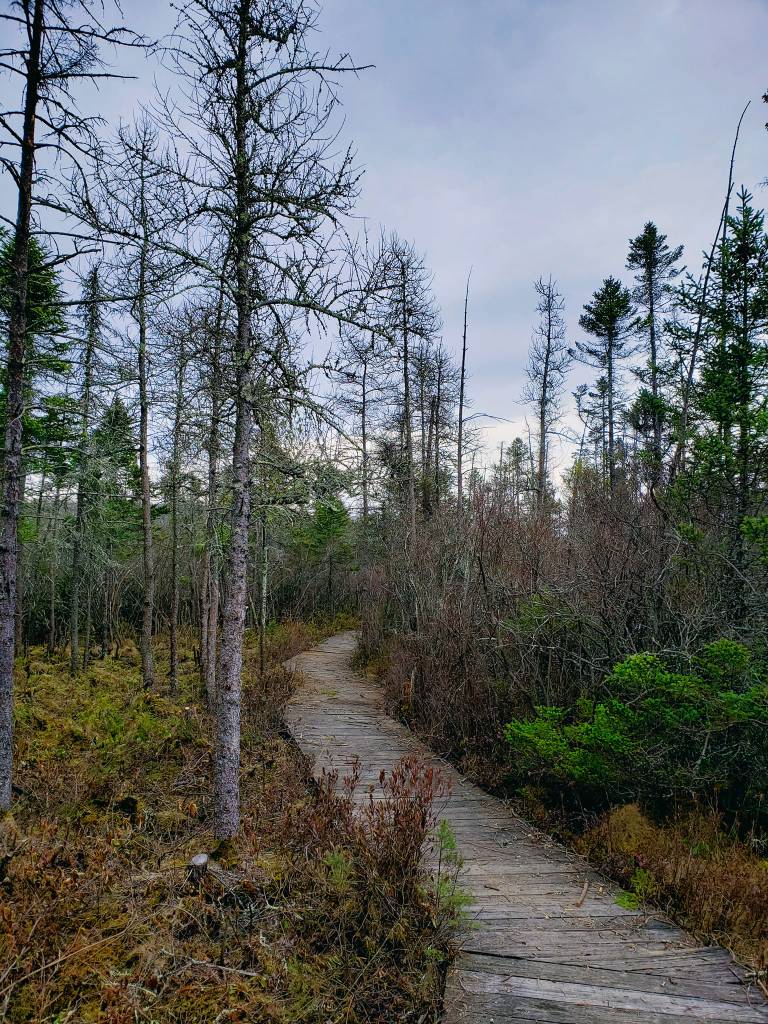
I am fortunate to live within driving distance of the Southern-most, low altitude boreal bog of the eastern seaboard – the Tannersville Cranberry Bog. It is one of The Nature Conservancy’s first nature preserves in Pennsylvania. They recently hosted a several day volunteer operation to assist the land stewards with clearing a small patch of woody vegetation in order to let more light through to the bog floor, encouraging the low lying species to grow in more abundance.
Thousands of years ago, a large glacial lake occupied the space of what has since become a thick soup of peat moss, or peatland, which represents a unique group of wetlands. They are normally found in more glaciated regions. Akin to what you would see way up in the Adirondack mountains of NY or in the Canadian wilderness. This is what makes this bog so special to our region. It works to soak up rain and runoff like a giant sponge—cleansing water and controlling pollution throughout the Pocono Creek watershed.
Many of the species found in places like this are rare, threatened, or endangered because they require certain conditions to grow and thrive that only a peatland or boreal bog like this can provide. In its natural state, the bog is acidic and nutrient-poor. These plants are specialized for those conditions. Like the Pitcher Plant featured here, a super gorgeous carnivorous plant. You will also find native orchids, including rose pogonia and the state-endangered heart-leaved twayblade. When staff and volunteers remove species such as highbush blueberry, sheep laurel, and leatherleaf, as well as black spruce and tamarack trees, there’s space and light for these orchids, bog rosemary, and carnivorous sundew and pitcher plants. Also, the cranberry plants, which the bog is fondly referred to as. These feed the bog copper butterfly.
As I was volunteering, I couldn’t help but think about how place like this will be threatened and affected climate change. Pennsylvania is not exempt from rising temperatures and alterations to the hydrological cycle that will surely alter the environmental conditions that support a habitat like this. The bog is already facing changes due to the human development happening all around it, with increasing levels of nitrogen in the bog. That means there is less stress — one of the factors that come into play with the balance of plants. Volunteers respond by increasing another factor: disturbance. Which is what we were doing – cutting and pulling vegetation.
That day, the wood frogs were an amazing symphony of tiny “froggo” voices in chorus. My moss-loving self was in absolute moss heaven. Normally, the bog is only accessible through guided educational tours. So getting to spend an entire day in it, up close and personal, was truly special. And navigating the bog with the least amount of disturbance to plant life off-boardwalk was a feat in and of itself. Clearing growth in sensitive habitat areas off-boardwalk is a tricky task and require lots of careful steps and mindful maneuvering. And the bog did try to steal my boots more than a few times!
Contributing to the continued longevity of such a special and unique place as a boreal bog, is something I am grateful to have been a part of. To give back to a wild area that represents an intricate transformation that took place over millennia – a habitat that would be impossible to replace if destroyed. It only makes me want to fight harder, in all the ways that I can and am able, to do my part to protect and preserve the wild spaces around me and all that call those spaces home.
